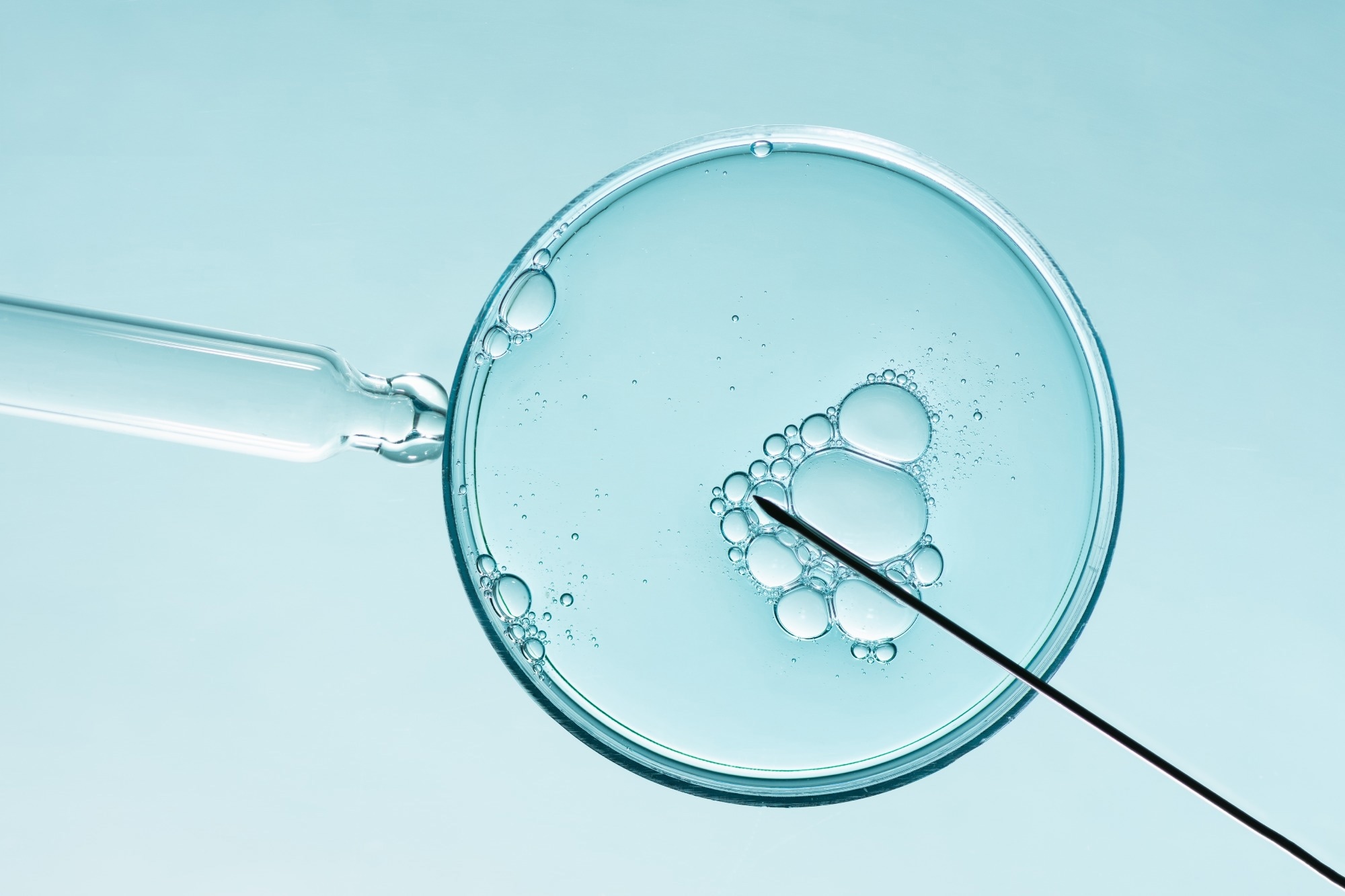All relevant articles were obtained from PubMed Central, Web of Science, and MEDLINE-Academic databases. A total of 261 articles were found in the initial search; however, based on the inclusion criteria, 34 articles were selected.
 Study: Artificial Intelligence (AI) for Sperm Selection – a Systematic Review. Image Credit: Inna Dodor / Shutterstock.com
Study: Artificial Intelligence (AI) for Sperm Selection – a Systematic Review. Image Credit: Inna Dodor / Shutterstock.com
Importance of sperm selection
Globally, over 100 million individuals encounter issues related to infertility, with the male factor contributing to up to 50% of these cases.
Semen analysis, which is associated with the investigation of sperm morphology, motility, and DNA integrity, is essential for the diagnosis and subsequent treatment of male factor infertility. Based on various parameters, embryologists face the daunting task of selecting a single sperm from millions in a sample, a laborious process at a high risk of selection errors.
Semen parameters are strong prognostic indicators of fertilization and pregnancy outcomes. If the analysis indicates that the semen parameters are suboptimal, assisted reproductive technologies (ART) can be applied to help the sperm overcome the female reproductive tract barrier, thereby improving the likelihood of conception.
The success rates of ART have remained relatively low globally due to the lack of proper sperm selection. Despite technological advancements, the final sperm selection is primarily performed manually by an embryologist following the World Health Organization (WHO) criteria. Sperm selection is crucial, as a single sperm is required for intracytoplasmic sperm injection (ICSI).
The WHO has provided guidance for proper sperm selection based on the morphology, including sperm head length, presence/absence of vacuole, and circularity, as well as motility. However, embryologists do not have adequate time to assess an entire sperm holistically, which might impact the success of ART. Here, AI could be applied to improve the efficiency of sperm selection.
AI and machine learning for sperm selection
Previous studies have indicated that AI can consistently and effectively identify an embryo with optimal developmental and implantation potential. AI can also reduce the embryologist’s time and effort associated with visual assessment and manual embryo grading.
Machine learning algorithms are capable of processing large data sets, similar to the bulk of data evaluated during embryo assessment. Therefore, this technique can be applied to automate the sperm selection process by coupling genetic and visual data. Implementing AI and machine learning algorithms in the ART laboratory could significantly improve the embryologist’s sperm selection capabilities.
Favorable sperm morphology is characterized by a smooth and oval head, absence of large/multiple vacuoles, acrosome covering 40-70% of the head, the slenderness of the midpiece, and residual cytoplasm up to one-third of the size of the head. AI algorithms can standardize and expedite sperm analyses based on the available models. Moreover, sperm morphology in combination with deep learning algorithms, could be evaluated with an accuracy of around 98%.
The performance of AI and machine learning algorithms depend on the quality of the training dataset images. To obtain greater accuracy in these systems, they must be trained with larger and high-quality sperm imaging data.
In some cases, sperm cells are highly susceptible to damage in the sperm head, which leads to chromosome aberrations, DNA fragmentation, and telomere shortening. Male fertility is inversely associated with DNA fragmentation index (DFI), which is extremely important for sperm selection. Techniques such as single-cell gel electrophoresis (SCGE), terminal deoxynucleotidyl transferase UTP nick-end labeling (TUNEL), and sperm chromatin structure assay are used to detect DNA fragmentation.
Scientists have developed machine learning algorithms by training the system with sperm images linked to associated DFI values. This standardized system can accurately evaluate the quality of a single sperm based on the trained dataset, thereby eliminating any concerns regarding human subjectivity.
Embryologists use holographic imaging, computer-aided sperm analysis (CASA), and microfluidic platforms to determine sperm motility. CASA is a high-throughput method that evaluates large amounts of sperm at the sample level but does not analyze simple sperm motility.
This can be resolved with the development of a mathematical model based on the three-dimensional (3D) helical motion of tail beating. High-resolution holographic imaging techniques allow scientists to assess the tail-beating patterns in free-swimming sperm.
Multiple data on sperm motility linked to CASA, microfluidic chips, and holographic imaging are used to train the AI system, coupled with other male fertility parameters to select optimal sperm for ART. Thus, applications of AI and machine learning techniques have significantly improved conception rates and successful pregnancy outcomes following ART.
Journal reference:
- Cherouveim, P., Velmahos, C., & Bormann, C. L. (2023). Artificial Intelligence (AI) for Sperm Selection – a Systematic Review. Fertility and Sterility. doi:10.1016/j.fertnstert.2023.05.157